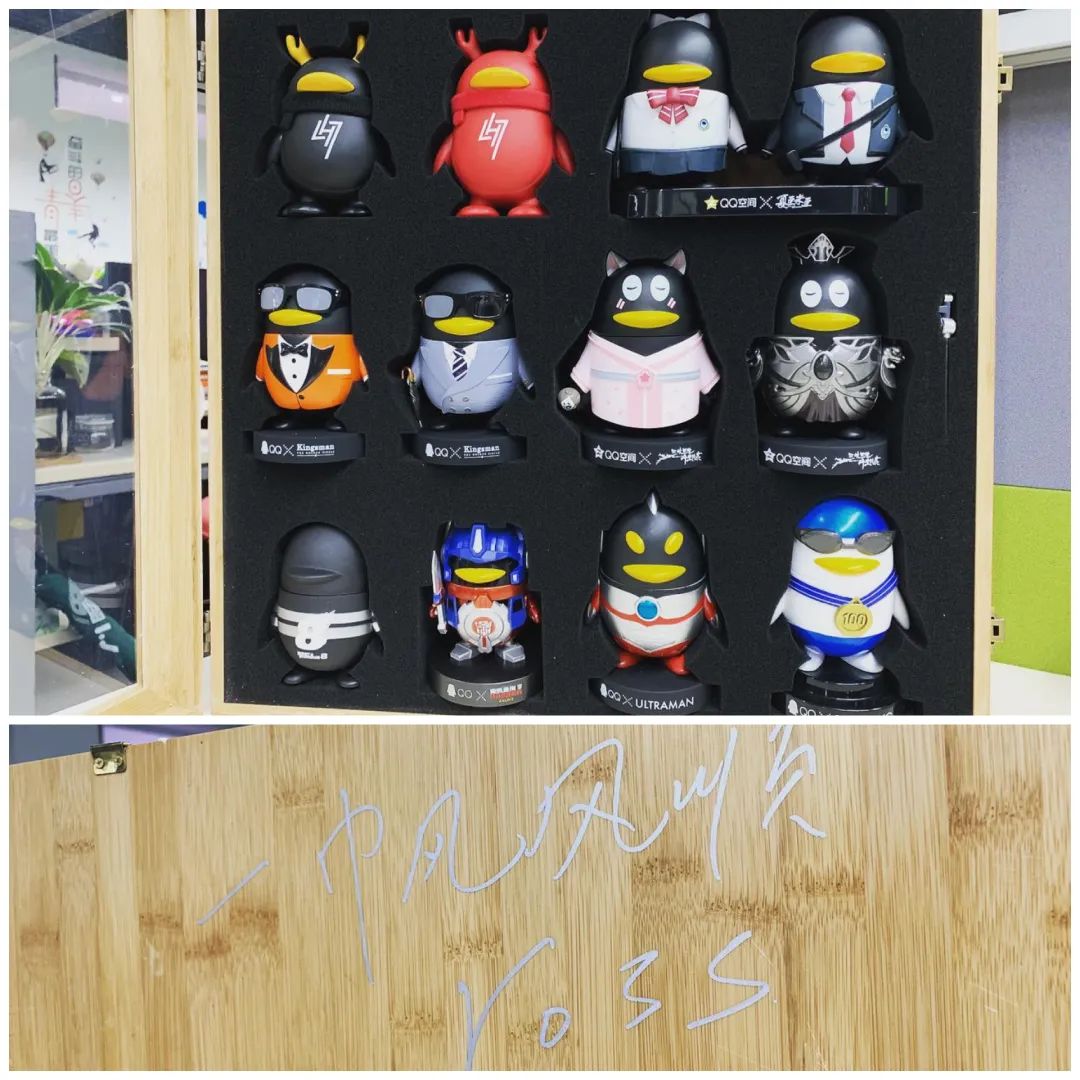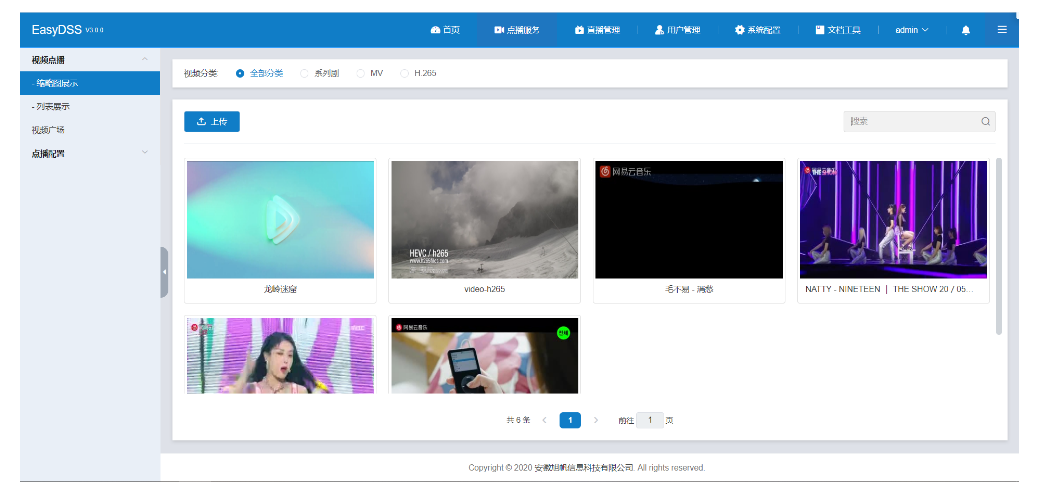I like the ToolStripProfessionalRenderer style quite a lot, but I do not like the way it renders a ToolStripTextBox. Here, ToolStripSystemRenderer does a better job IMO. Now is there a way to combine both renderers' behaviour to use system style for text boxes and pro style for everything else? I have successfully managed to use pro style for buttons and system style for the rest (by deriving both classes). But text boxes in a ToolStrip don't seem to be handled by the renderer. Using .NET Reflector, those text boxes don't even seem to have a Paint event handler, although it's called by the ToolStrip.OnPaint method. I'm wondering where's the code to paint such a text box at all and how it can be configured to draw a text box like all other text boxes.
问题:
回答1:
If you just want system rendering, the easiest approach is to use ToolStripControlHost instead:
class ToolStripSystemTextBox : ToolStripControlHost
{
public ToolStripSystemTextBox : base(new TextBox()) { }
[DesignerSerializationVisibility(DesignerSerializationVisibility.Content)]
[TypeConverter(typeof(ExpandableObjectConverter))]
public TextBox TextBox { get { return Control as TextBox; } }
}
I've taken the easy way out here and exposed the underlying TextBox directly to the form designer, instead of delegating all its properties. Obviously you can write all the property delgation code if you want.
On the other hand, if anyone wants to do truly custom rendering, I'll tell you what ToolStripTextBox does. Instead of hosting a TextBox directly, it hosts a private derived class called ToolStripTextBoxControl. This class overrides its WndProc in order to directly handle WM_NCPAINT. And then instead of delegating the actual drawing to the Renderer, it checks the Renderer's Type, and then branches to different rendering code inside of ToolStripTextBoxControl. It's pretty ugly.
回答2:
It may not be necessary to dive into "WndProc" either. This was done without it:

The Question really is how do you make a "nice looking" TextBox, because as described by j__m, you can just use ToolStripControlHost, to host a custom control in your tool strip.
More here: http://msdn.microsoft.com/en-us/library/system.windows.forms.toolstripcontrolhost.aspx
And as documented, the control you use can be a Custom Control.
Firstly, It's insanely tricky to make a custom TextBox Control. If you want to go:
public partial class TextBoxOwnerDraw : TextBox
You are in for HUGE trouble! But it doesn't have to be. Here is a little trick:
If you make a custom control as a Panel, then add the TextBox to the Panel, then set the Textbox borders to None... you can achieve the result as above, and best of all, its just a regular old TextBox, so cut copy paste all works, right click works!
Ok, here is the code for a nice looking textbox:
public partial class TextBoxOwnerDraw : Panel
{
private TextBox MyTextBox;
private int cornerRadius = 1;
private Color borderColor = Color.Black;
private int borderSize = 1;
private Size preferredSize = new Size(120, 25); // Use 25 for height, so it sits in the middle
/// <summary>
/// Access the textbox
/// </summary>
public TextBox TextBox
{
get { return MyTextBox; }
}
public int CornerRadius
{
get { return cornerRadius; }
set
{
cornerRadius = value;
RestyleTextBox();
this.Invalidate();
}
}
public Color BorderColor
{
get { return borderColor; }
set
{
borderColor = value;
RestyleTextBox();
this.Invalidate();
}
}
public int BorderSize
{
get { return borderSize; }
set
{
borderSize = value;
RestyleTextBox();
this.Invalidate();
}
}
public Size PrefSize
{
get { return preferredSize; }
set
{
preferredSize = value;
RestyleTextBox();
this.Invalidate();
}
}
public TextBoxOwnerDraw()
{
MyTextBox = new TextBox();
this.Controls.Add(MyTextBox);
RestyleTextBox();
}
private void RestyleTextBox()
{
double TopPos = Math.Floor(((double)this.preferredSize.Height / 2) - ((double)MyTextBox.Height / 2));
MyTextBox.BackColor = Color.White;
MyTextBox.BorderStyle = BorderStyle.None;
MyTextBox.Multiline = false;
MyTextBox.Top = (int)TopPos;
MyTextBox.Left = this.BorderSize;
MyTextBox.Width = preferredSize.Width - (this.BorderSize * 2);
this.Height = MyTextBox.Height + (this.BorderSize * 2); // Will be ignored, but if you use elsewhere
this.Width = preferredSize.Width;
}
protected override void OnPaint(PaintEventArgs e)
{
if (cornerRadius > 0 && borderSize > 0)
{
Graphics g = e.Graphics;
g.SmoothingMode = SmoothingMode.AntiAlias;
Rectangle cRect = this.ClientRectangle;
Rectangle safeRect = new Rectangle(cRect.X, cRect.Y, cRect.Width - this.BorderSize, cRect.Height - this.BorderSize);
// Background color
using (Brush bgBrush = new SolidBrush(MyTextBox.BackColor))
{
DrawRoundRect(g, bgBrush, safeRect, (float)this.CornerRadius);
}
// Border
using (Pen borderPen = new Pen(this.BorderColor, (float)this.BorderSize))
{
DrawRoundRect(g, borderPen, safeRect, (float)this.CornerRadius);
}
}
base.OnPaint(e);
}
#region Private Methods
private GraphicsPath getRoundRect(int x, int y, int width, int height, float radius)
{
GraphicsPath gp = new GraphicsPath();
gp.AddLine(x + radius, y, x + width - (radius * 2), y); // Line
gp.AddArc(x + width - (radius * 2), y, radius * 2, radius * 2, 270, 90); // Corner (Top Right)
gp.AddLine(x + width, y + radius, x + width, y + height - (radius * 2)); // Line
gp.AddArc(x + width - (radius * 2), y + height - (radius * 2), radius * 2, radius * 2, 0, 90); // Corner (Bottom Right)
gp.AddLine(x + width - (radius * 2), y + height, x + radius, y + height); // Line
gp.AddArc(x, y + height - (radius * 2), radius * 2, radius * 2, 90, 90); // Corner (Bottom Left)
gp.AddLine(x, y + height - (radius * 2), x, y + radius); // Line
gp.AddArc(x, y, radius * 2, radius * 2, 180, 90); // Corner (Top Left)
gp.CloseFigure();
return gp;
}
private void DrawRoundRect(Graphics g, Pen p, Rectangle rect, float radius)
{
GraphicsPath gp = getRoundRect(rect.X, rect.Y, rect.Width, rect.Height, radius);
g.DrawPath(p, gp);
gp.Dispose();
}
private void DrawRoundRect(Graphics g, Pen p, int x, int y, int width, int height, float radius)
{
GraphicsPath gp = getRoundRect(x, y, width, height, radius);
g.DrawPath(p, gp);
gp.Dispose();
}
private void DrawRoundRect(Graphics g, Brush b, int x, int y, int width, int height, float radius)
{
GraphicsPath gp = getRoundRect(x, y, width, height, radius);
g.FillPath(b, gp);
gp.Dispose();
}
private void DrawRoundRect(Graphics g, Brush b, Rectangle rect, float radius)
{
GraphicsPath gp = getRoundRect(rect.X, rect.Y, rect.Width, rect.Height, radius);
g.FillPath(b, gp);
gp.Dispose();
}
#endregion
}
Now for the ToolStripControlHost
public partial class ToolStripTextBoxOwnerDraw : ToolStripControlHost
{
private TextBoxOwnerDraw InnerTextBox
{
get { return Control as TextBoxOwnerDraw; }
}
public ToolStripTextBoxOwnerDraw() : base(new TextBoxOwnerDraw()) { }
public TextBox ToolStripTextBox
{
get { return InnerTextBox.TextBox; }
}
public int CornerRadius
{
get { return InnerTextBox.CornerRadius; }
set
{
InnerTextBox.CornerRadius = value;
InnerTextBox.Invalidate();
}
}
public Color BorderColor
{
get { return InnerTextBox.BorderColor; }
set
{
InnerTextBox.BorderColor = value;
InnerTextBox.Invalidate();
}
}
public int BorderSize
{
get { return InnerTextBox.BorderSize; }
set
{
InnerTextBox.BorderSize = value;
InnerTextBox.Invalidate();
}
}
public override Size GetPreferredSize(Size constrainingSize)
{
return InnerTextBox.PrefSize;
}
}
Then When you want to use it, just add it to the tool bar:
ToolStripTextBoxOwnerDraw tBox = new ToolStripTextBoxOwnerDraw();
this.toolStripMain.Items.Add(tBox);
or however you want to add it. If you are in Visual Studio, the preview window supports rendering this Control.
There is only one thing to remember, when accessing the TextBox with the actual text in it, its:
tBox.ToolStripTextBox.Text;





